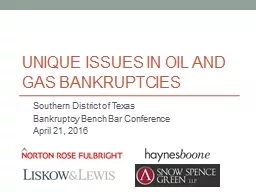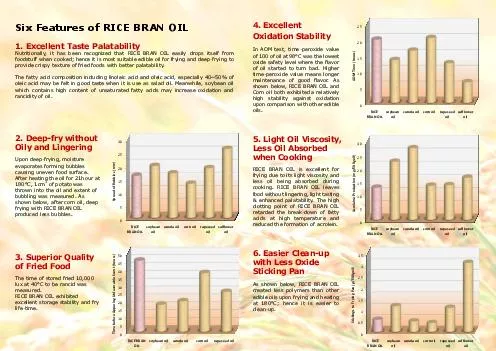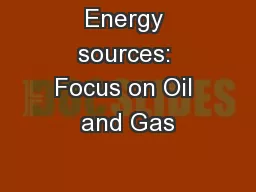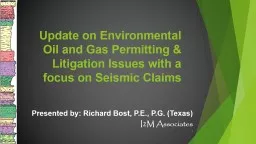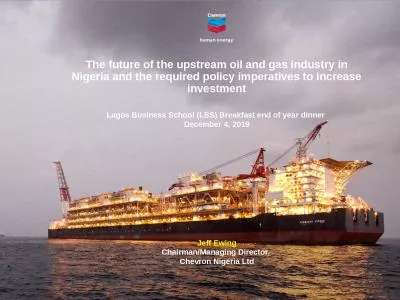PPT-Unique Issues in Oil and Gas Bankruptcies Southern District of Texas
Author : pasty-toler | Published Date : 2019-10-31
Unique Issues in Oil and Gas Bankruptcies Southern District of Texas Bankruptcy Bench Bar Conference April 21 2016 Recent Oil and Gas Bankruptcy Trends 2 As Oil
Presentation Embed Code
Download Presentation
Download Presentation The PPT/PDF document "Unique Issues in Oil and Gas Bankruptcie..." is the property of its rightful owner. Permission is granted to download and print the materials on this website for personal, non-commercial use only, and to display it on your personal computer provided you do not modify the materials and that you retain all copyright notices contained in the materials. By downloading content from our website, you accept the terms of this agreement.
Unique Issues in Oil and Gas Bankruptcies Southern District of Texas: Transcript
Download Rules Of Document
"Unique Issues in Oil and Gas Bankruptcies Southern District of Texas"The content belongs to its owner. You may download and print it for personal use, without modification, and keep all copyright notices. By downloading, you agree to these terms.
Related Documents

